Natural building stones are widely used in the building industry in the Middle East and Mediterranean region, with the best techniques and engineering.
The choice of building stone was made for its durability, attractiveness and low cost compared to other building materials.
Structural stones have different natural origin and their mechanical and thermal properties are also different.

Compressive strength, water absorption, and thermal conductivity of external walls are important features for investigating the durability and stability of structures.
The facade made of natural stone with high thermal conductivity leads to high energy consumption and increases the fixed costs for cooling and heating.
In addition, low compressive strength and high water absorption have negative effects on long-term durability of natural building stone.
In this study, a model for evaluation of compressive strength and thermal conductivity and water absorption of natural building using non-destructive pulse velocity (NDT) is developed.
In-building experimental tests were performed on 99 samples of 11 types of natural building stones with dimensions of 50×50 mm.
According to the results, the UPV value depends on the mechanical properties of the building block.
Ultrasonic impact velocity of building stone is proportional to its compressive strength, and thermal conductivity is of a proper relation.
However, the UPV value is inversely proportional to water absorption and is not correlated enough.
The results show that there are subtle differences in compressive strength values of natural rocks in two cases of parallel and perpendicular loading.
This study showed that ultrasonic pulse velocity test method is an easy, low-cost, and non-destructive method to predict the mechanical and physical properties of natural building rock.
An approximate model of compressive strength, water thermal conductivity and water absorption rate is presented for in-situ assessment of the building stone based on the ultrasonic pulse velocity.
For the aforementioned reasons, stone building is widely used in the construction industry around the world.
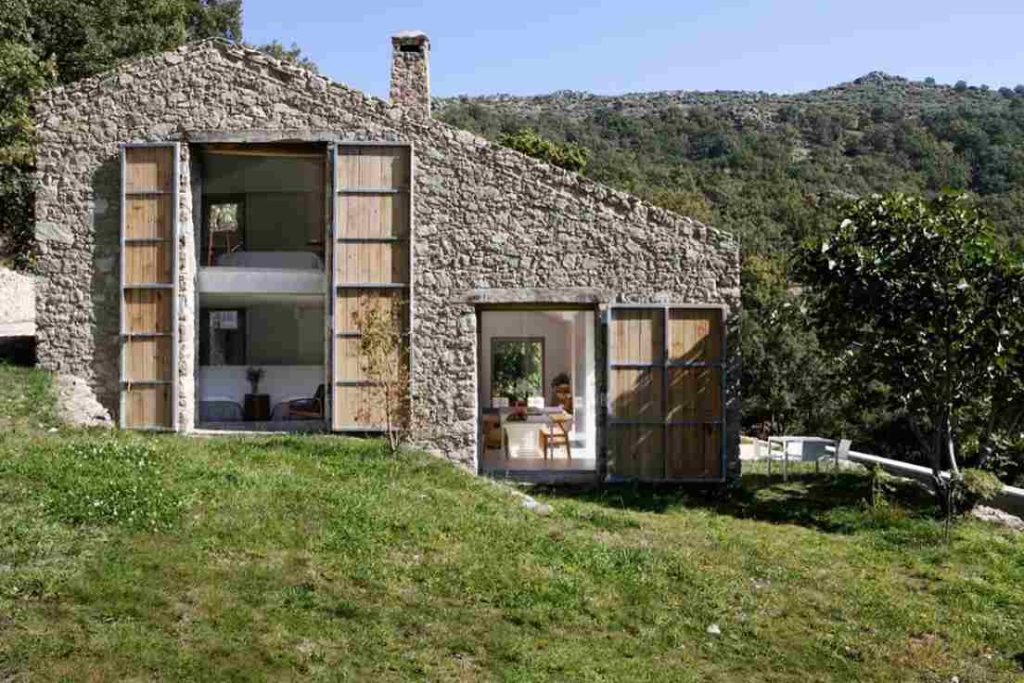
natural building stones
Since the beginning of civilization, natural building stones have been the building of materials needed for selection because they have stable properties.
However, when the stone is removed from its natural environment, it starts to shift to balance with the new environment.
This urban polluted environment is one of the harsh conditions of natural stones and its effect on natural stone, especially cultural and historical monuments is very worrisome.
Continuous research is essential to better understand the processes leading to stone erosion, and to provide rock conservation strategies and successful replacement.
classification of natural building stones; weather related to poor performance; weather related to material selection errors; related air pollution; climate-related chemical phenomena; physical phenomena associated with climate; solvent salt as attenuation agents – fluorescence; Living organisms as parsers; preventive and therapeutic measures; testing of construction materials based on durability assessment;
Appendix 1: Weather-related air pollution; Appendix 2: Information on the exterior surface cleaning and the colorless stone treatment; books; Indicator.
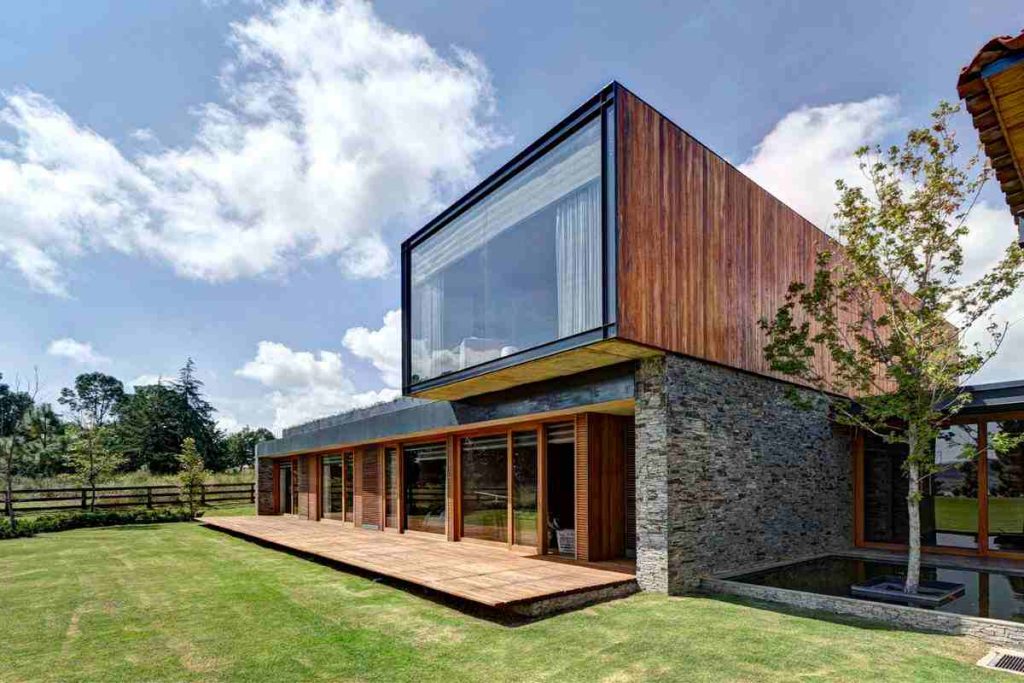
Natural building stone is an essential element in landscape construction.
The purpose of this paper is to introduce the characteristics and characteristics of natural stone and its introduction in natural stone classification of buildings. In this research, the study of stone and stone composition, physics, chemistry, decoration and … Then, the developed research is carried out by introducing a complete landscape architect system.
The choice and use of stone, based on this system, further study the form of application and rock construction technology in the modern landscape and discuss the problems existing in the process.
Natural stone is composed of minerals, the main component of silicon.
These include diorite, quartz, marble, travertine, granite and so on.
Natural stone is found in natural deposits on the Earth and is used for exterior and interior building.
stone building techniques
It included several specialists classified according to their skills in carving and rock design. Let’s get a basic understanding of the kinds of Mason-based professionals.
A mine works to divide the stones and extract the underground rocks.
Saws makers of these professionals use diamond saw blades to carry rough stone blocks into desired cubes. These are the people who work in the workshop.
Their specialty is stone carving in the forms required for architectural design.
Banker architects can shape stones into any design, from simple block stones to window panes. They almost cross the stone production line for art.
With its artistic knowledge, it converts the stone shield into any conceptual design or leaf, shape, animal and so on.
The craftsmen – these chisels use hewn and designed stones and repair them in buildings. They use traditional liquids, bayonets and slurries.
They also use epoxy resin, modern materials and adhesive. There were enormous stones, carved figures, tombstones and so on.
Modern Masson training provides practical skills that are tailored to the deep knowledge of any rock.
A sculptor may be trained and capable of performing one or all of the different types of masonry.
Alexander & Xavier Masfornic has a highly skilled structure for quality stone repair and long-term custom masonry material.
Stone carving can last for generations when the work is done correctly. So, you have to choose the right building materials technique that not only matches your taste. You should also consider the site environment or climate.
If you are located in Garland, Texas, you can contact Alexander and Xavier Masonry to help you design, manufacture and maintain your property.
examples of building stones
There are various types of construction stones, such as basalt, marble, quartz, travertine, sandstone, gonis and granite.
They are used as building materials. Stones are usually extracted from hard rock quarries for construction.
The building stone can be defined as solid rock that can be safely used as a solid or semi-finished unit in some construction conditions.
Granite and marble are suitable stones used as fine blocks or columns in massive and expensive buildings.
Sandstone and limestone were also used as blocks for castles, boundary walls, stone houses, and building blocks of houses.
Slate is used as roofing material for simple structures and road implementation in many fields, and also belongs to the bundles of building stones.
Stone is an art of engineering that is preserved in many historic buildings in every corner of the world.
This skill is still used on a smaller scale (due to the advent of concrete) in many places in ordinary buildings and palaces.
Taj Mahal in Agra, Red Fort in Delhi and Janganatpur Temple are some of the most famous rock wonders in India.
Such examples can be obtained from all parts of the world and can be traced back to hundreds of people.
There are many types of stones that can be used as building materials, such as basalt, marble, limestone, sandstone, quartz, travertine, rock, jines, laterite and granite.
The stone used to build buildings should be hard, durable, rigid and free from soft parts of materials, cracks and other defects which reduces strength and durability.
Rocks used for construction are extracted from hard stones and pebbles.
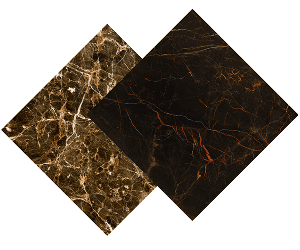
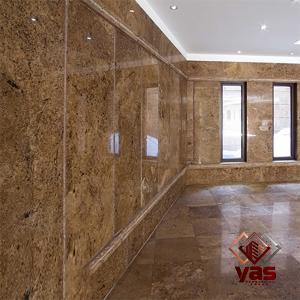
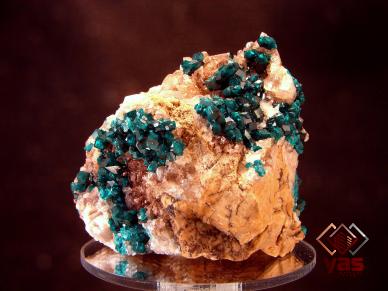
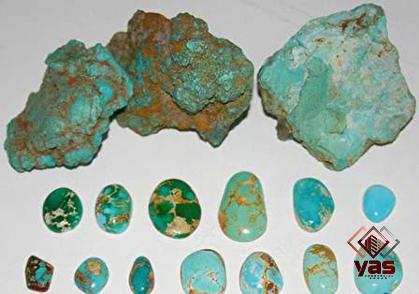


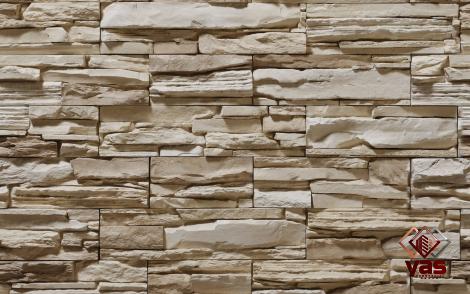
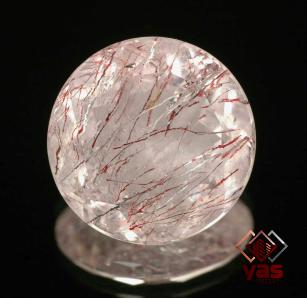
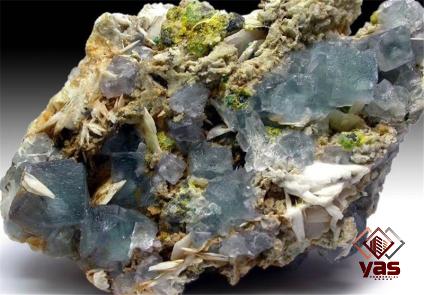
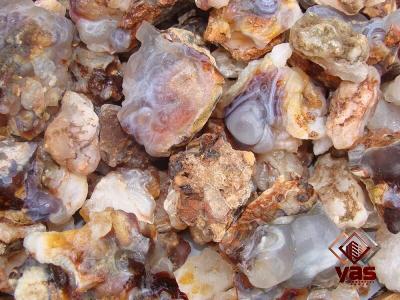

Your comment submitted.